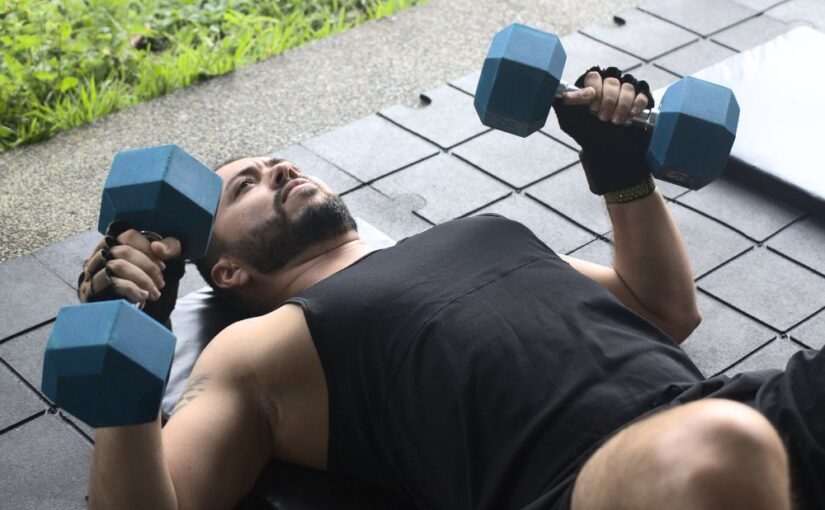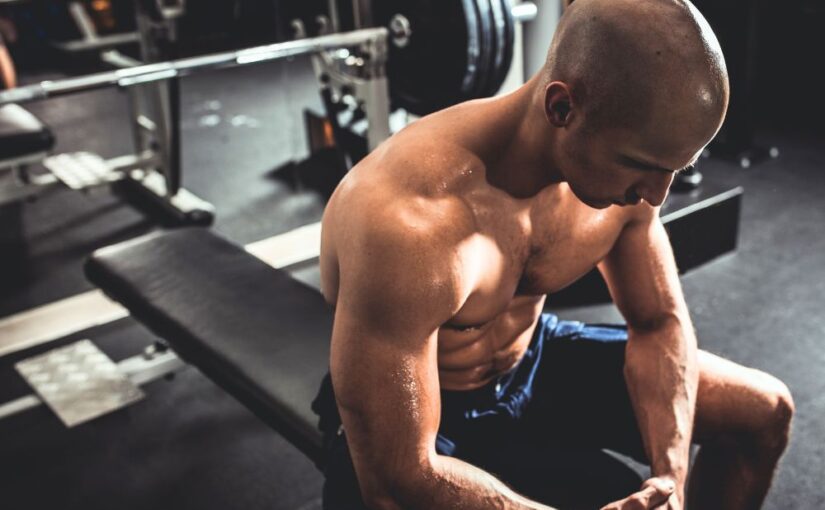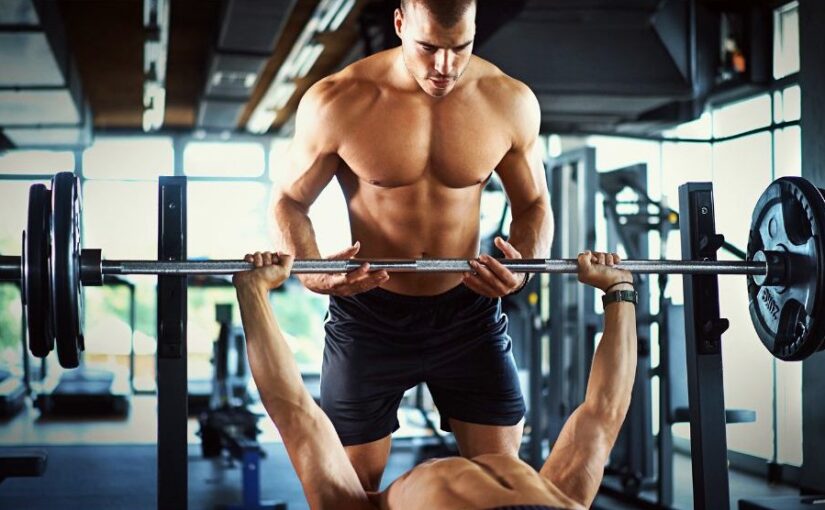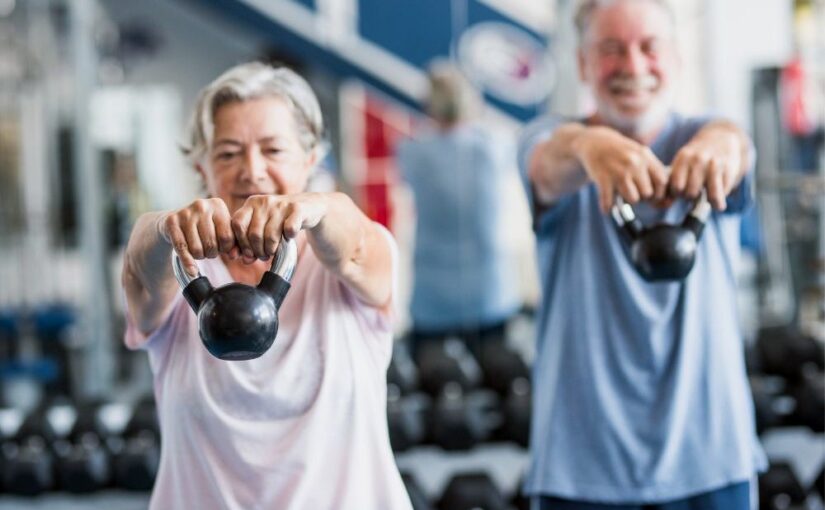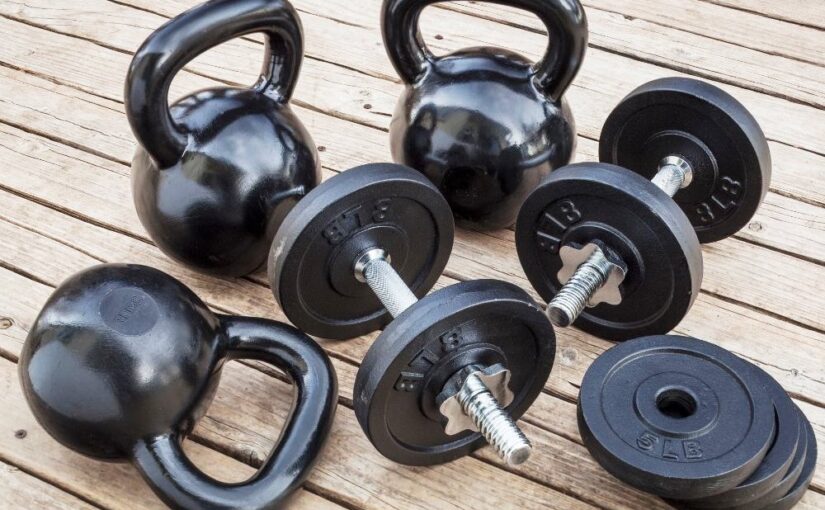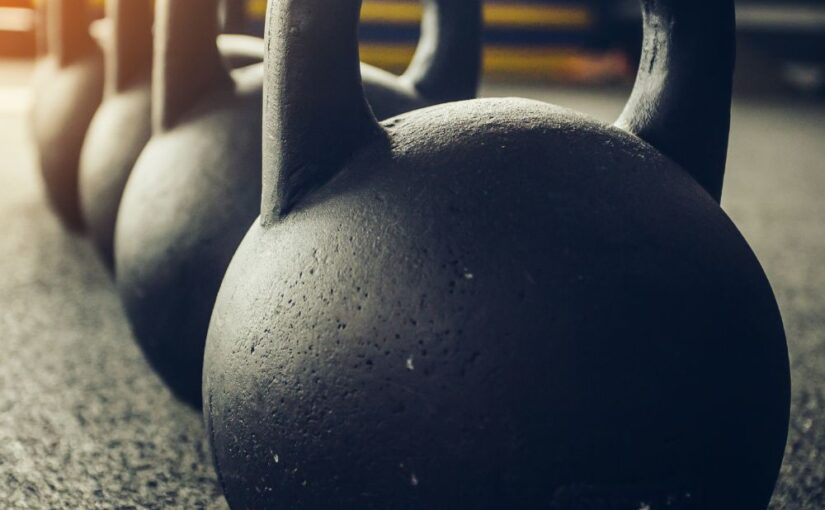Electro Muscle Stimulation (EMS) has gained popularity in recent years, particularly among athletes and fitness enthusiasts. It promises enhanced muscle recovery, improved strength, and even weight loss. But how effective is it really? This article explores the science behind EMS, its applications, benefits, and limitations.
What is Electro Muscle Stimulation?
Electro Muscle Stimulation entails using electrical impulses to stimulate muscle contractions. This technology has been used in physical therapy for decades, primarily to help patients recover from injuries and to prevent muscle atrophy in immobilized patients. In fitness, EMS devices are marketed for muscle toning, strength building, and recovery.
The Science Behind EMS
When electrical impulses are delivered to the muscles, they mimic the action of the nervous system. This causes muscles to contract without the need for voluntary movement. Research suggests that EMS can activate a higher percentage of muscle fibers compared to voluntary exercise, potentially leading to increased strength and muscle hypertrophy.
Studies indicate that EMS can be particularly effective in:
- Rehabilitation: It helps restore muscle function after injury or surgery.
- Muscle Recovery: EMS may reduce soreness and speed up recovery times.
- Improving Athletic Performance: Some athletes use EMS as a supplementary training tool.
Effectiveness of EMS
- Strength and Muscle Hypertrophy: Research shows that EMS can lead to strength gains, particularly in individuals who are untrained or undergoing rehabilitation. Some studies have demonstrated increases in muscle mass and strength comparable to traditional resistance training, especially when combined with regular exercise.
- Endurance: While EMS can enhance muscle endurance, its effectiveness in this area is less clear. Some studies indicate improvements, but the gains may not match those achieved through aerobic training.
- Fat Loss: Claims regarding fat loss from EMS are less supported by research. While muscle contraction can burn calories, relying solely on EMS for weight loss is not advisable. A comprehensive approach that includes diet and traditional exercise is essential for effective weight management.
- Safety and Side Effects: EMS is generally considered safe for most individuals when used correctly. However, improper use can lead to muscle strain or discomfort. It’s important to consult a healthcare professional before starting EMS, especially for individuals with certain medical conditions.
Practical Applications
- Home Devices: Many EMS devices are now available for home use, offering convenience for users. However, effectiveness can vary greatly based on the device quality and user adherence.
- Professional Settings: In clinical and sports settings, EMS is often combined with other rehabilitation and training methods to maximize results.
Conclusion
Electro Muscle Stimulation can be an effective tool for muscle recovery and rehabilitation, and it may enhance strength training when used properly. However, it should not replace traditional exercise. For optimal results, EMS should be integrated into a well-rounded fitness routine that includes regular physical activity and a balanced diet. As always, consulting with a healthcare or fitness professional is recommended to determine the best approach for individual goals and needs.
In summary, while EMS offers potential benefits, its effectiveness varies depending on the context of use, making it essential to use it as a complement rather than a substitute for conventional training methods.



